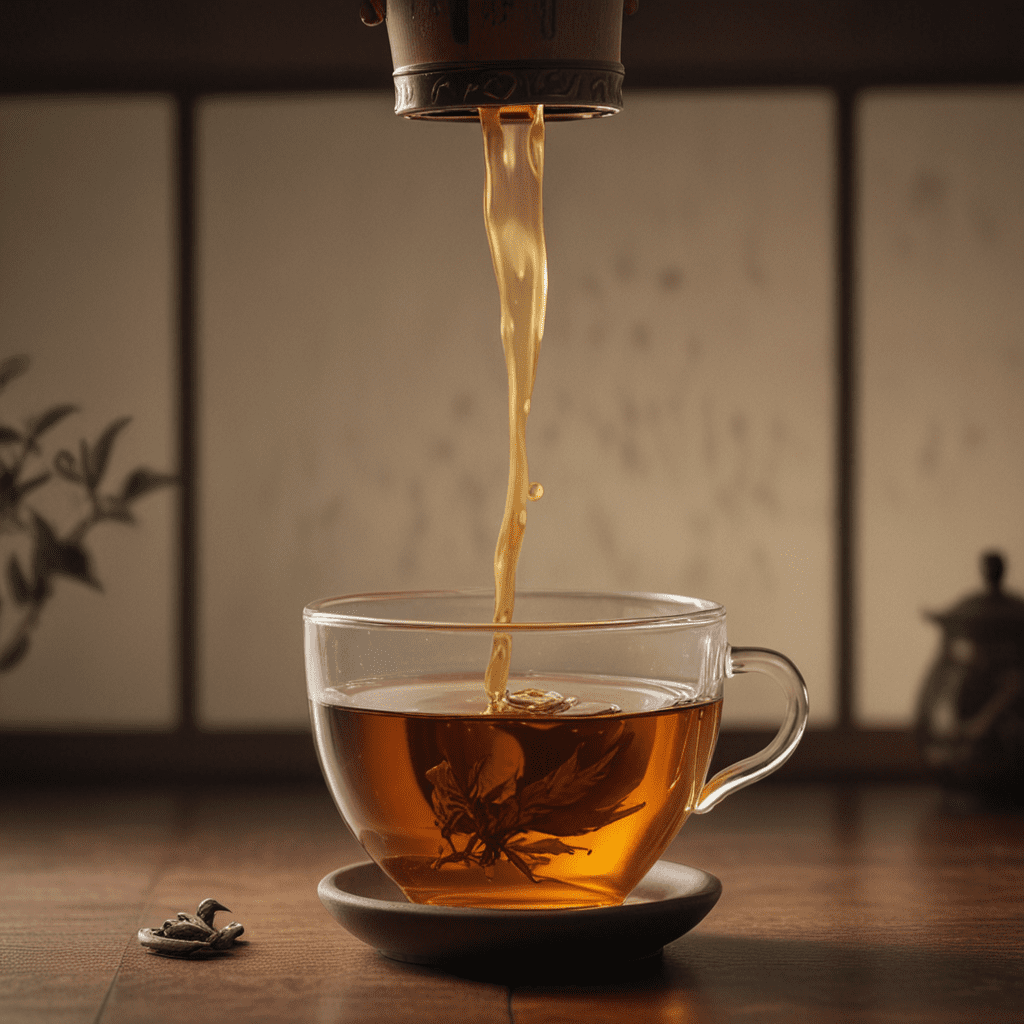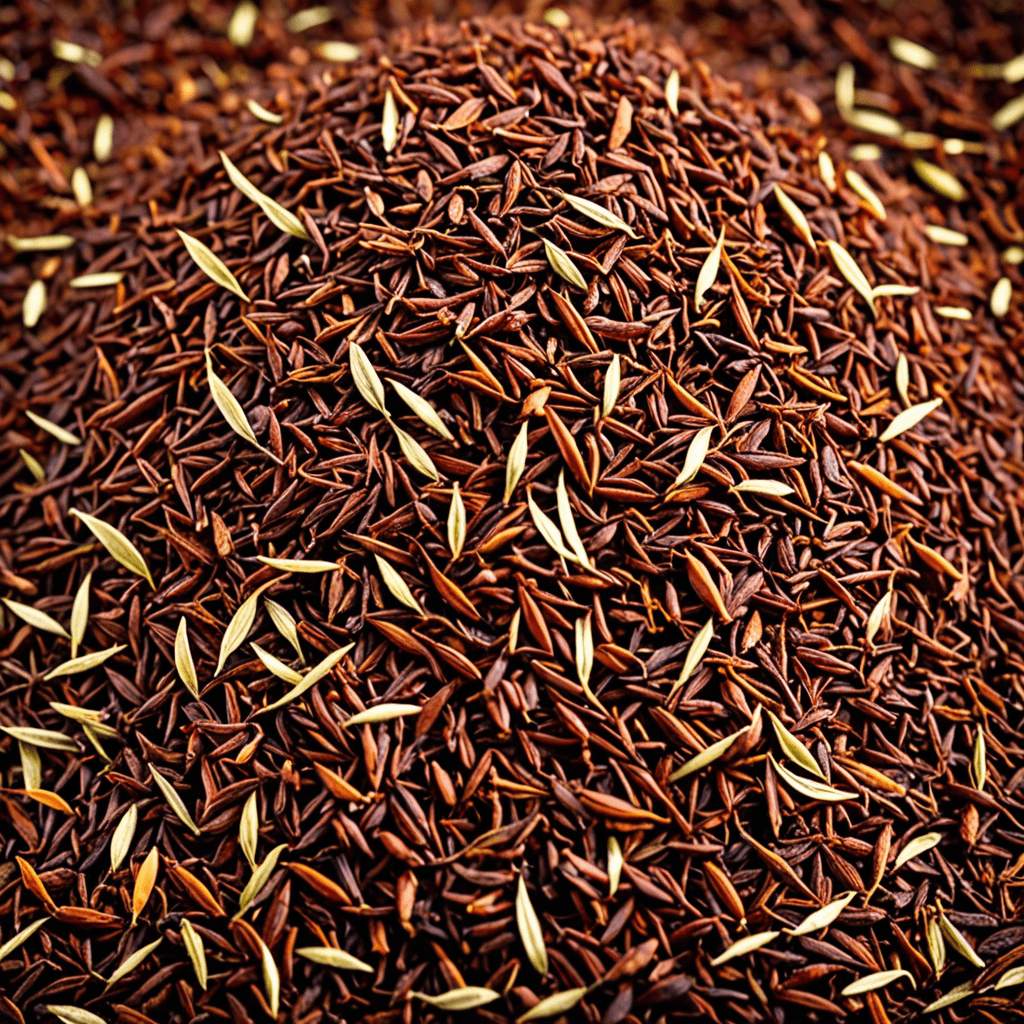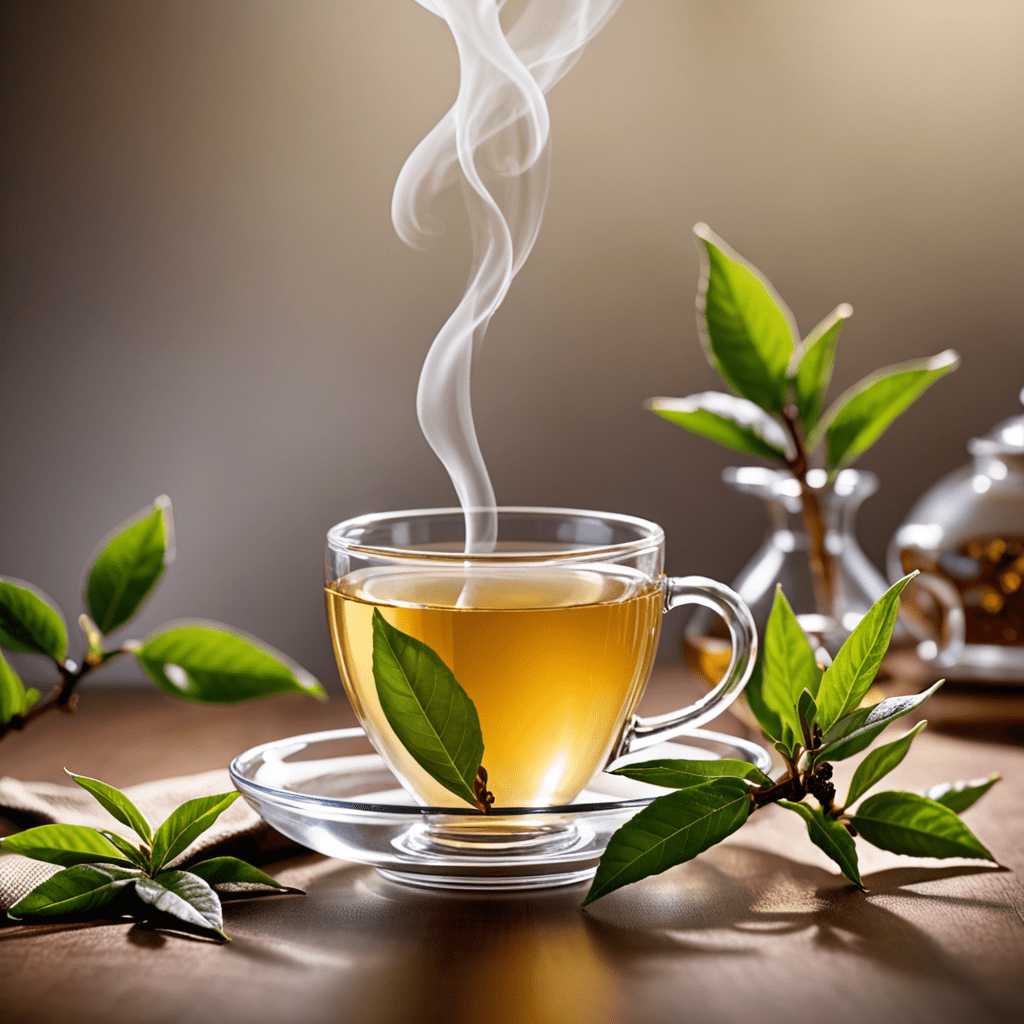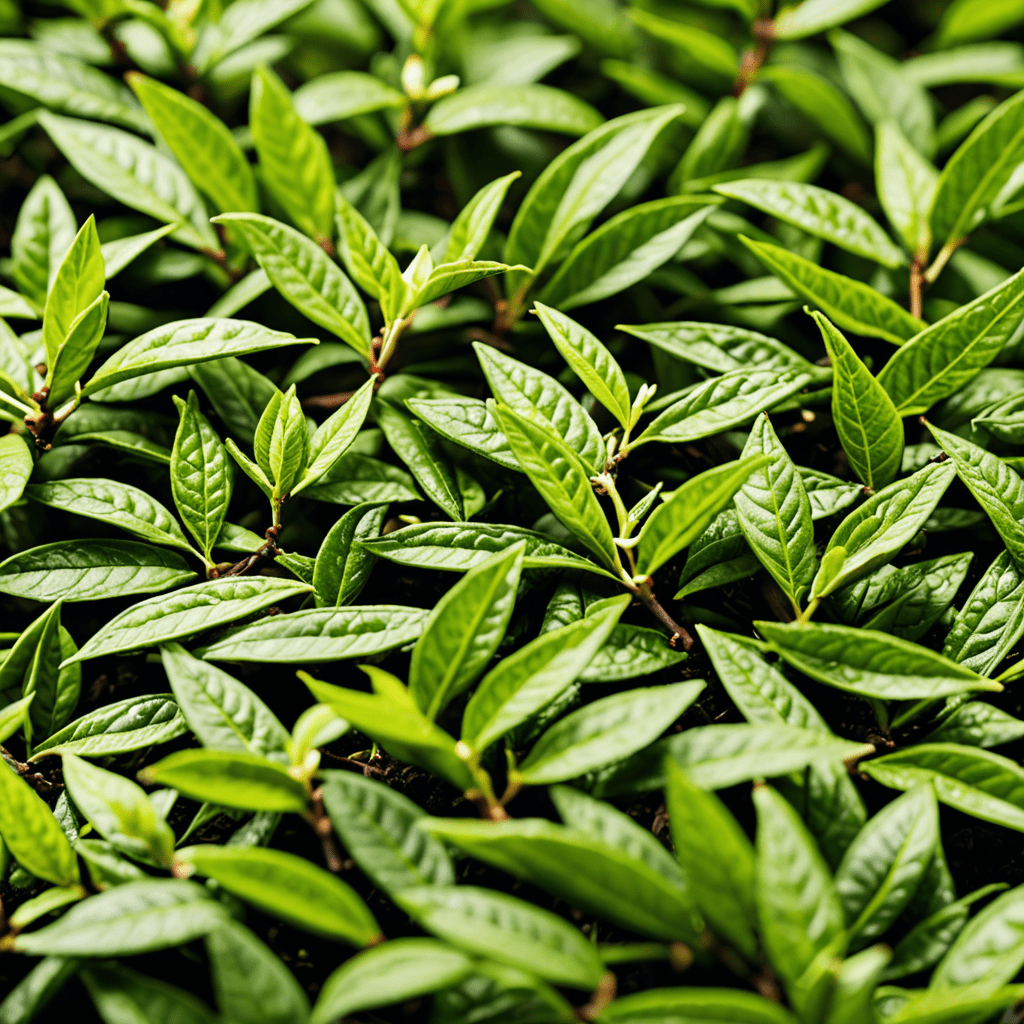1. Origins of Tea Culture in Ancient China
The consumption of tea in China dates back to ancient times, with evidence suggesting its use as early as the 3rd millennium BCE. According to legend, the Chinese emperor Shennong, known as the “Divine Farmer,” accidentally discovered tea when leaves from a wild tea tree blew into his pot of boiling water. Intrigued by the resulting aromatic brew, he tasted it and was captivated by its invigorating effects.
During the Shang Dynasty (1600-1046 BCE), tea was primarily used as a medicinal beverage, valued for its purported health benefits. Its consumption was limited to the elite and upper classes, who enjoyed it for its stimulating properties and as a digestive aid. Over time, tea gradually gained popularity among the general populace, becoming an integral part of Chinese daily life.
2. Tea’s Role in Chinese Mythology and Religion
In Chinese mythology, tea holds a significant place, often associated with longevity, wisdom, and purity. The legendary figure of Lu Yu, known as the “Sage of Tea,” is revered as the patron saint of tea culture. His seminal work, “The Classic of Tea,” written during the Tang Dynasty, established the foundation for tea cultivation, preparation, and appreciation.
Tea also played a crucial role in Chinese religious practices, particularly in Taoism and Buddhism. Taoists believed that tea promoted meditation and spiritual enlightenment, while Buddhists incorporated it into their daily rituals, using it as an aid to concentration and mindfulness. The consumption of tea became intertwined with religious ceremonies and festivals, further solidifying its cultural significance.
3. The Spread of Tea Culture During the Han Dynasty
During the Han Dynasty (206 BCE – 220 CE), tea culture flourished, spreading throughout China and beyond its borders. The introduction of tea cultivation to new regions, such as Sichuan and Yunnan, led to the development of various tea varieties and brewing methods. Tea became a staple beverage in many households, and its popularity extended to the imperial court, where it was enjoyed as a luxury item.
The Silk Road, a network of trade routes connecting China to Central and Western Asia, played a pivotal role in the dissemination of tea culture. As Chinese merchants traveled along these routes, they brought tea with them, introducing it to new civilizations. Tea gradually gained acceptance in countries like Japan, Korea, and Persia, laying the groundwork for its global expansion in centuries to come.
4. The Influence of Buddhism on Tea Consumption
The spread of Buddhism in China during the Tang Dynasty (618-907 CE) further contributed to the growth of tea culture. Buddhist monks, who valued tea for its ability to promote wakefulness and concentration during long hours of meditation, played a significant role in popularizing its consumption. Tea became a staple in Buddhist monasteries, and its use spread among the general populace as people sought to emulate the practices of religious figures.
Buddhist monks also developed sophisticated methods for tea preparation, including the use of tea bricks, which were compressed blocks of tea leaves that could be easily transported and stored. This innovation made tea more accessible and convenient, further fueling its popularity. The influence of Buddhism on tea culture left a lasting impact, shaping its rituals and practices, and contributing to its enduring legacy in Chinese society.
5. The Golden Age of Tea Culture Under the Tang Dynasty
The Tang Dynasty is considered the golden age of Chinese tea culture. Tea became an essential part of court life, with elaborate tea ceremonies and rituals developed. The emperor himself was a renowned tea connoisseur, and his patronage helped elevate the status of tea to unprecedented heights. Tea houses flourished throughout the empire, becoming popular gathering places for scholars, poets, and artists to engage in intellectual discussions and artistic pursuits.
During this period, the tea preparation method known as "whipped tea" became popular. This involved whisking powdered tea leaves in hot water until a frothy consistency was achieved. Whipped tea was considered a refined and sophisticated way to enjoy the beverage, and its popularity spread to other East Asian countries like Japan and Korea. The Tang Dynasty witnessed a flourishing of tea culture, with new varieties of tea being discovered and a proliferation of tea-related literature and art.
6. The Refinement of Tea Culture During the Song Dynasty
During the Song Dynasty (960-1279 CE), tea culture underwent a period of refinement and sophistication. The Song emperors were ardent tea enthusiasts, and they sponsored tea gatherings and competitions to encourage the pursuit of excellence in tea appreciation. The literati class embraced tea drinking as a way to express their artistic and intellectual sensibilities.
The Song Dynasty witnessed the emergence of new tea preparation methods, including the development of the tea whisk and the use of porcelain teacups. These innovations allowed for more nuanced control over the brewing process and enhanced the overall tea experience. Tea houses continued to flourish, becoming centers of cultural exchange and social interaction.
7. The Popularity of Tea in the Ming and Qing Dynasties
The Ming (1368-1644 CE) and Qing (1644-1912 CE) dynasties saw the widespread popularity of tea among all levels of society. Tea drinking became an integral part of daily life, and teahouses proliferated in both urban and rural areas. The demand for tea led to the expansion of tea plantations and the development of new tea-producing regions.
During the Ming Dynasty, the production of green tea became widespread, and the practice of scenting tea with flowers, such as jasmine, gained popularity. The Qing Dynasty witnessed the rise of black tea, which became a popular export commodity to countries like Britain and Russia.
8. The Introduction of Tea to the West
In the 16th century, Portuguese traders introduced tea to Europe. The beverage quickly gained popularity among the aristocracy and upper classes, who valued it for its exotic flavor and medicinal properties. Tea became a key commodity in the global spice trade, and its demand led to the establishment of tea plantations in colonies around the world.
The introduction of tea to the West had a profound impact on world history. It played a role in the American Revolution and the Opium Wars, and it shaped the development of the British Empire and its global influence. Today, tea is consumed by billions of people worldwide, making it one of the most popular beverages on the planet.
9. The Revival of Tea Culture in Modern China
After the fall of the Qing Dynasty in 1912, tea culture in China entered a period of decline. However, in recent decades, there has been a renewed interest in tea among the Chinese population. This revival is driven by a growing appreciation for traditional Chinese culture and a desire for healthier lifestyles.
Today, tea culture is thriving in modern China. Tea houses and tea shops are once again popular gathering places, and people from all walks of life enjoy the ritual of tea preparation and consumption. There is a growing emphasis on tea education, with many tea enthusiasts seeking to learn about different tea varieties, brewing methods, and cultural traditions.
10. Tea Culture in Contemporary China
Tea culture continues to evolve in contemporary China, embracing both tradition and innovation. Traditional tea ceremonies and rituals are still practiced, but there is also a growing trend towards more informal and accessible ways to enjoy tea. New tea products, such as tea bags and flavored teas, are gaining popularity, particularly among younger generations.
The Chinese government is actively promoting tea culture as a way to preserve cultural heritage and boost the economy. Tea-related festivals and competitions are held throughout the country, and there is a growing emphasis on sustainable tea production. Tea culture remains an integral part of Chinese society, and it continues to inspire and influence people around the world.
FAQ
Q: What are the health benefits of tea?
A: Tea is rich in antioxidants, which can help protect against cell damage and reduce the risk of chronic diseases. It has also been linked to improved heart health, reduced stress, and enhanced cognitive function.
Q: How many types of tea are there?
A: There are six main types of tea: white, green, yellow, oolong, black, and pu-erh. Each type has a unique flavor and aroma, and they are processed in different ways to achieve their desired characteristics.
Q: What is the best way to brew tea?
A: The best way to brew tea depends on the type of tea you are using. Generally, it is recommended to use filtered water and heat the water to the correct temperature for the type of tea you are brewing. Use 2-3 grams of loose leaf tea for every 8 ounces of water. Steep the tea for 2-5 minutes, or according to the package directions.
Q: What are the different ways to enjoy tea?
A: Tea can be enjoyed hot or cold, and it can be brewed with a variety of add-ins, such as milk, sugar, honey, or lemon. Tea can also be used as an ingredient in cocktails, desserts, and other culinary creations.
Q: Where can I learn more about tea culture?
A: There are many resources available to learn more about tea culture. You can visit tea shops and attend tea tastings, read books and articles about tea, or take online courses. There are also many tea associations and organizations that offer educational programs and resources.



